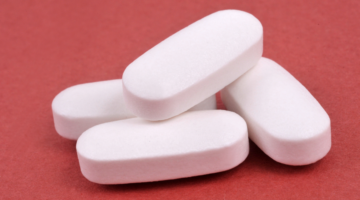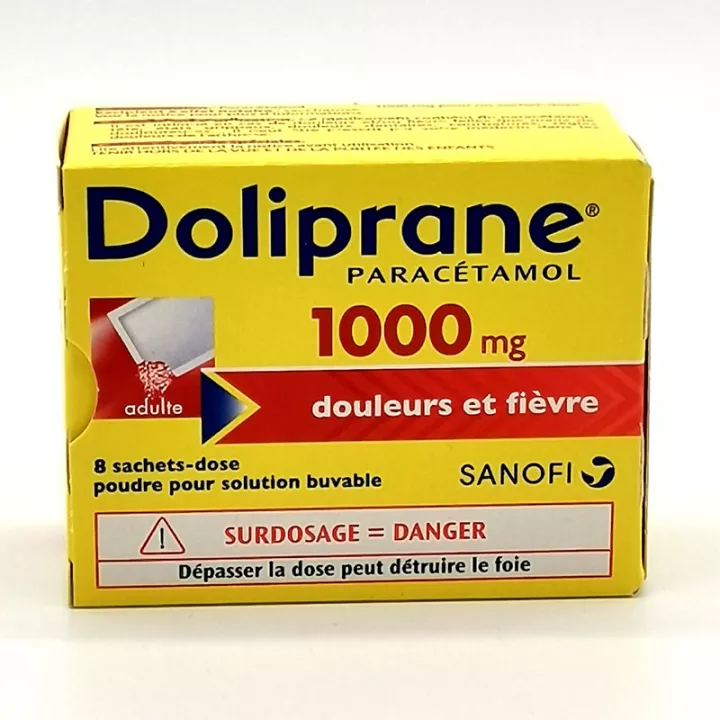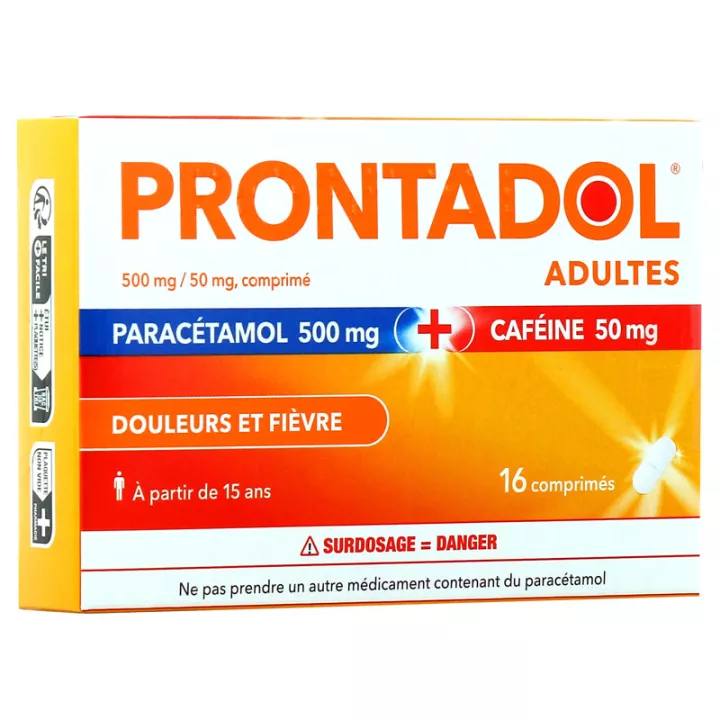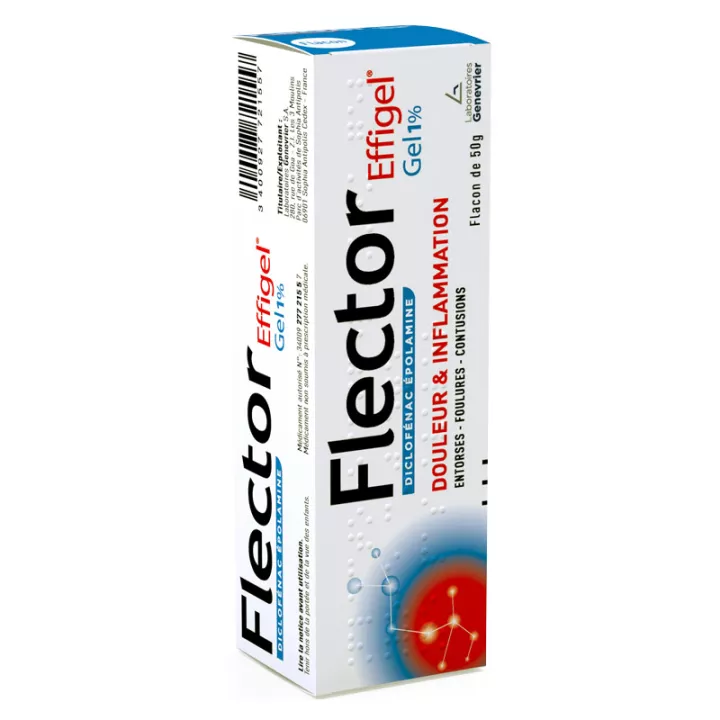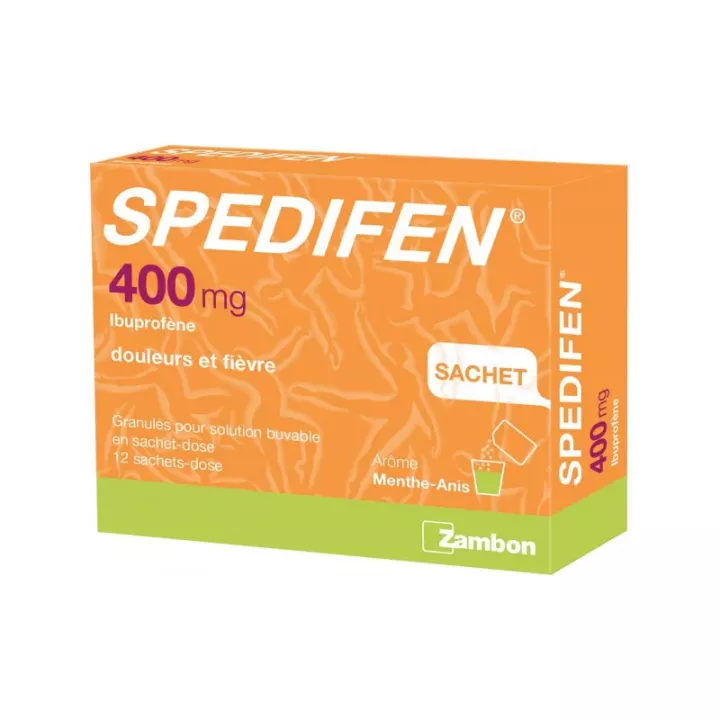NOTICE
ANSM - Updated on: 27/07/2017
Name of the medicinal product
DOLIPRANE 1000 mg powder for oral solution in sachet-dose
Paracetamol
framed
Please read this leaflet carefully before you start taking this medicine because it contains important information for you.
You should always take this medication exactly as prescribed in this leaflet or by your doctor or pharmacist.
· Keep this leaflet. You might need to read it again.
· Ask your pharmacist for advice or information.
· If you experience any of the side effects, talk to your doctor or pharmacist. This also applies to any side effects not mentioned in this leaflet. See section 4.
· You should contact your doctor if you experience no improvement or feel less well after 3 days in case of fever or 5 days in case of pain.
Do not use this medication for children.
What is in this leaflet?
1. What is DOLIPRANE 1000 mg, powder for oral solution in sachet-dose and in which cases it is used?
2. What should I know before taking DOLIPRANE 1000 mg powder for oral solution in a sachet-dose?
3. How to take DOLIPRANE 1000 mg powder for oral solution in sachet-dose?
4. What are the possible side effects?
5. How to store DOLIPRANE 1000 mg powder for oral solution in a sachet-dose?
6. Package contents and other information.
1. WHAT IS DOLIPRANE 1000 mg powder for oral solution in a sachet-dose AND WHAT IT IS USED FOR?
Pharmacotherapeutic group: OTHER ANALGESICS AND ANTI-PYRETICS-ANILIDES - ATC code: N02BE01
DOLIPRANE is an analgesic (calms the pain) and an antipyretic (lowers the fever).
The active substance of this drug is paracetamol.
It is used to treat pain and / or fever, for example in the case of headaches, flu-like symptoms, dental pain, body aches and painful periods.
It may also be prescribed by your doctor in the pains of osteoarthritis.
This presentation is reserved for the adult and the child from 50 kg (that is to say from about 15 years). Read the Posology section carefully.
For children weighing less than 50 kg, there are other presentations of paracetamol whose dosage is more suitable. Do not hesitate to ask your doctor or pharmacist for advice.
2. BEFORE YOU TAKE DOLIPRANE 1000 mg powder for oral solution in a sachet-dose?
Do not take DOLIPRANE 1000 mg powder for oral solution in sachet-dose:
· If you are allergic (hypersensitive) to paracetamol or any of the other ingredients of this medication mentioned in section 6.
· If you have severe liver disease.
This medicinal product contains paracetamol. Other medicines contain it. Make sure you do not take any other medicines containing paracetamol, including medicines obtained without a prescription. Do not combine them , so as not to exceed the recommended daily dose. ( see "Posology " and "Symptoms and Instructions for Overdose") |
Warnings and Precautions
Talk to your doctor or pharmacist before taking DOLIPRANE 1000 mg powder for oral solution in a sachet-dose .
Take special care with DOLIPRANE
· If the pain persists for more than 5 days , or fever for more than 3 days , or if there is insufficient efficacy or any other signs, do not continue treatment without your doctor's advice.
· Taking paracetamol may cause liver function problems.
· You should seek the advice of your doctor before taking this medicine:
o If you weigh less than 50 kg,
o If you have a liver disease or a serious kidney disease,
o If you frequently drink alcohol or have stopped drinking alcohol recently,
o If you suffer from dehydration,
o If you suffer from chronic malnutrition, if you are in a fasting period, if you have lost a lot of weight recently, if you are over 75, or if you are over 65 and have long-term illnesses , if you have an AIDS virus or chronic viral hepatitis, if you suffer from cystic fibrosis (genetic and hereditary disease characterized by severe respiratory infections), or if you have Gilbert's disease (hereditary disease associated with increased bilirubin levels in the blood).
o if you are allergic to aspirin and / or nonsteroidal anti-inflammatory drugs
· The consumption of alcoholic beverages during treatment is discouraged.
· In the event of recent withdrawal from chronic alcoholism, the risk of hepatic impairment is increased.
· When administered to a child, the dose depends on its weight (see section "How to take DOLIPRANE 1000 mg powder for oral solution in a sachet-dose?").
· In case of acute viral hepatitis, stop your treatment and see your doctor.
· This medicine contains a sugar (sucrose) which breaks down into fructose and glucose. Its use is not recommended in patients with fructose intolerance, glucose-galactose malabsorption syndrome or sucrase / isomaltase deficiency (rare hereditary diseases). If your doctor has already told you that you have an intolerance to some sugars, contact your doctor before taking this medicine.
· This medicine contains sodium. The sodium content is less than 1 mmol per sachet, ie without sodium.
Blood tests
Tell your doctor if you are taking DOLIPRANE and you need to take a blood test as this medicine can affect your uric acid (blood uric acid) and sugar (blood sugar) levels.
IN CASE OF DOUBT DO NOT HESITATE TO REQUEST THE NOTICE OF YOUR DOCTOR OR PHARMACIST.
children
Not applicable.
Other medicines and DOLIPRANE 1000 mg powder for oral solution in sachet-dose
Inform your doctor or pharmacist if you are taking, have recently taken or may take any other medicines.
Do not take other medicines containing paracetamol. You may be overdosed.
If you are taking oral anticoagulant therapy (warfarin or AVK), taking DOLIPRANE 1000 mg powder for oral solution at maximum doses (4 g / day) for more than 4 days requires monitoring strengthened by biological examinations, notably by INR. In this case, consult your doctor.
The effectiveness of paracetamol may be reduced if you take chelating resins, a drug that lowers blood cholesterol levels (observe an interval of more than 2 hours between the 2 doses).
If you are receiving paracetamol, a treatment with flucloxacillin (an antibiotic), you are at risk of metabolic acidosis (blood too acid causing an acceleration of the respiratory rate).
The toxicity of paracetamol can be increased if you take:
· drugs potentially toxic to the liver,
· drugs that promote the production of the toxic metabolite of paracetamol such as anti-epileptic drugs (phenobarbital, phenytoin, carbamazepine, topiramate),
· rifampicin (an antibiotic),
· at the same time alcohol.
DOLIPRANE 1000 mg powder for oral solution in sachet-dose with food, drink and alcohol
The consumption of alcoholic beverages during treatment is discouraged.
Pregnancy, breast-feeding and fertility
If you are pregnant or breastfeeding, think you may be pregnant or plan a pregnancy, ask your doctor for advice or pharmacist before taking this medication.
Pregnancy and breast feeding
This medicine may be used during pregnancy and lactation. Use the lowest dose to reduce your pain and / or fever for as short a time as possible and as often as possible. Contact your doctor or midwife if pain and / or fever does not decrease or if you need to take this medication more frequently during your pregnancy.
Fertility
It is possible that paracetamol may alter the fertility of women, reversibly upon discontinuation of therapy.
Sport
Not applicable.
Driving and using machines
Not applicable.
DOLIPRANE 1000 mg powder for oral solution in sachet-dose contains sucrose.
3. HOW TO TAKE DOLIPRANE 1000 mg powder for oral solution in a sachet-dose?
Dosage
Always take the dose as prescribed by your doctor. If in doubt, consult your doctor or pharmacist.
This presentation is reserved for adults and children weighing more than 50 kg (ie from about 15 years).
For children weighing less than 50 kg, there are other presentations of paracetamol with a more appropriate dosage. Do not hesitate to ask your doctor or pharmacist for advice .
Dosage in adults and children from 50 kg (ie from about 15 years)
The usual dose is 1 sachet per intake, to be renewed if necessary after 4 hours minimum.
Attention: this presentation contains 1000 mg of paracetamol per sachet: never take 2 sachets at a time. |
Dose of paracetamol never to be exceeded
· In adults or children weighing more than 50 kg:
It is generally not necessary to exceed 3 grams of paracetamol per day (3 sachets per day).
However, if you have more intense pain, and only on the advice of your doctor , the total dose can be increased up to 4 grams of paracetamol per day (ie 4 sachets per day).
NEVER TAKE MORE THAN 4 GRAMS OF PARACETAMOL PER DAY (taking all medicines containing paracetamol into their formula).
Special situations:
In case of severe kidney disease (severe kidney failure), catches will be spaced at least 8 hours apart. Do not exceed 3 tablets per day.
The maximum daily dose should not exceed 60 mg / kg / day (not to exceed 3 g / day) in the following situations:
o if you weigh less than 50 kg,
o if you have a liver disease or a serious kidney disease,
o if you frequently drink alcohol or have stopped drinking alcohol recently,
o if you suffer from dehydration,
o if you are suffering from chronic malnutrition, if you are in a fasting period, if you have lost a lot of weight recently, if you are over 75, or if you are over 65 and have long-term illnesses , if you are infected with the AIDS virus or chronic viral hepatitis, if you suffer from cystic fibrosis (genetic and hereditary disease characterized by severe respiratory infections), or if you have Gilbert disease (hereditary disease associated with increased bilirubin levels in the blood).
IN CASE OF DOUBT, ASK FOR ADVICE TO YOUR DOCTOR OR YOUR PHARMACIST .
Method and route of administration
This medication is used orally.
Shake the sachet before use. You should pour the contents of the sachet into a glass and then add a small amount of drink (eg water, milk, fruit juice). Stir and drink immediately afterwards.
Frequency of Administration
Regular intakes prevent pain or fever from returning: see section "Posology".
In children, catches should be regularly spaced, including at night, preferably 6 hours , and at least 4 hours.
In adults , catches must be spaced at least 4 hours apart.
In case of severe kidney disease (severe kidney failure), you should wait at least 8 hours between each dose.
If you feel that the effect of DOLIPRANE is too strong or too weak, talk to your doctor or pharmacist.
Duration of treatment
Except for medical advice, the duration of treatment is limited:
· at 5 days in case of pain,
· to 3 days in case of fever
If the pain persists more than 5 days or fever more than 3 days, if they worsen, do not continue treatment without the advice of your doctor.
If you take more DOLIPRANE 1000 mg powder for oral solution in a sachet-dose than you should:
Consult your doctor or pharmacist or medical emergencies immediately.
Overdosage may lead to liver disease (hepatic impairment), gastrointestinal bleeding, brain disease (encephalopathy), coma, or even death, including in populations at higher risk, such as young children, the elderly and in some situations (liver disease, alcoholism, chronic malnutrition). Within the first 24 hours, the main symptoms of poisoning are: nausea, vomiting, loss of appetite, abdominal pain, pallor.
Overdosage may also result in: pancreatic disease (pancreatitis), hyperamylaseemia (increased blood amylase), kidney disease (acute renal failure), and a blood problem in which red blood cells, white blood cells and platelets are all reduced in number which entails:
· fatigue, shortness of breath, and pallor;
· frequent infections with severe fever and chills, sore throat or mouth ulcers;
· a tendency to bleed or present spontaneous bruising, nosebleeds.
If you forget to take DOLIPRANE 1000 mg powder for oral solution in a sachet-dose:
Do not take a double dose to make up for the missed dose.
If you stop taking DOLIPRANE 1000 mg powder for oral solution in a sachet-dose:
Not applicable.
4. WHAT ARE POSSIBLE SIDE EFFECTS?
Like all medicines, this medicine may cause side effects, although not everybody gets them.
· Rarely, an allergic reaction may occur:
o pimples and / or redness on the skin,
o urticaria,
o sudden swelling of the face and neck may cause difficulty breathing (angioedema),
o malaise with severe drop in blood pressure (anaphylactic shock).
If an allergy occurs, you should immediately stop taking this medication and consult your doctor promptly. In the future, you should never take medicines containing paracetamol.
· Very rare cases of serious adverse reactions have been reported.
· Exceptionally, this drug may decrease the number of certain cells in the blood: white blood cells (leucopenia, neutropenia), platelets (thrombocytopenia) that can manifest themselves by bleeding from the nose or gums. In this case, consult a doctor.
· Other possible adverse reactions (the frequency of which can not be estimated from the available data): liver function disorders, severe reduction of certain white blood cells that can cause serious infections (agranulocytosis), destruction of red blood cells in the blood (anemia hemolytic in patients with glucose-6-phosphate dehydrogenase deficiency), rash in rounded red patches with itching and burning sensation, leaving colored spots and appearing in the same places when the drug is resumed (fixed pigmented erythema ), localized pain in the chest that can radiate to the left shoulder and jaw of allergic origin (Kounis syndrome), difficulty breathing (bronchospasm). In this case, consult a doctor.
Declaration of side effects
If you experience any side effects, talk to your doctor or pharmacist. This also applies to any side effects not mentioned in this leaflet. You can also report adverse reactions directly via the national reporting system: National Agency for the Safety of Medicines and Health Products (ANSM) and network of Regional Centers of Pharmacovigilance - Website: www.ansm.sante.fr
By reporting adverse reactions, you are helping to provide more information about the safety of the drug.
5. HOW TO STORE DOLIPRANE 1000 mg powder for oral solution in a sachet-dose?
Keep this medicine out of the reach and sight of children.
Do not use this medicine after the expiry date which is stated on the carton.
No special storage conditions.
Do not throw any medicines into drains or rubbish. Ask your pharmacist to remove any medications you are no longer using. These measures will help protect the environment.
6. PACKAGE CONTENTS AND OTHER INFORMATION
What DOLIPRANE 1000 mg contains, powder for oral solution in sachet-dose
· The active substance is:
Paracetamol................................................. .................................................. .............. 1000 mg
For a sachet
· The other ingredients are: sodium benzoate, povidone, acetylated monoglycerides, titanium dioxide, orange flavor *, sucrose.
* Composition of the orange flavor: water, maltodextrin, gum arabic, orange essential oil.
What is DOLIPRANE 1000 mg powder for oral solution in sachet-dose and contents of the pack
This medication is in the form of a powder for oral solution in a sachet-dose. Each box contains 8 or 100 sachets.
Not all pack sizes may be marketed.
Marketing Authorization Holder
SANOFI-AVENTIS FRANCE
82 AVENUE RASPAIL
94250 GENTILLY
Marketing Authorization Operator
SANOFI-AVENTIS FRANCE
82 AVENUE RASPAIL
94250 GENTILLY
Maker
SANOFI WINTHROP INDUSTRIE
NORTH-EAST AREA
RUE EDOUARD BRANLY
14104 LISIEUX CEDEX
Names of the medicinal product in the Member States of the European Economic Area
Not applicable.
The last date on which this notice has been revised is
{month YYYY}.
Other
Detailed information on this medicine is available on the ANSM website (France).
Health Education Council:
WHAT TO DO IN THE EVENT OF FEVER?
The normal temperature of the body varies from person to person and is between 36.5 ° C and 37.5 ° C. A rise above 38 ° C is considered a fever, but it is not advisable to treat fever with a drug below 38.5 ° C.
This medication is intended for adults and children from 50 kg (ie from about 15 years).
If the disorders that the fever causes are too troublesome, you can take this medicine which contains paracetamol in the doses indicated.
To avoid any risk of dehydration, consider drinking frequently.
With this medication, the fever should drop rapidly, nevertheless:
· if other signs appear,
· if the fever persists for more than 3 days or if it worsens,
· if the headache becomes violent, or in case of vomiting,
CONSULT YOUR DOCTOR IMMEDIATELY
WHAT TO DO IF PAIN?
The intensity of the perception of pain and the ability to resist it vary from person to person.
· If there is no improvement after 5 days of treatment,
· if the pain is violent, unexpected and occurs suddenly (including severe pain in the chest) and / or reverses regularly,
· if accompanied by other signs such as general malaise, fever, unusual swelling of the painful area, decreased strength in a limb,
· if it wakes you up at night,
CONSULT YOUR DOCTOR IMMEDIATELY
